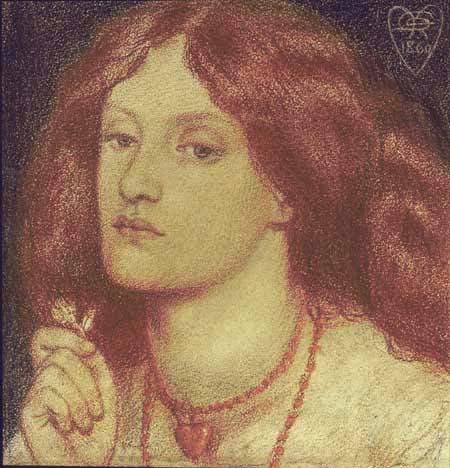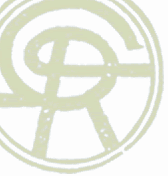Victorian Womanhood
Brenda S
869
The ideal Victorian woman is the “Angel of
the House.” The “Angel of the House” is moral, domestic, confined to her home,
and is both dedicated and submissive to her husband. The ideal Victorian
woman and her immoral counterpart the “Fallen Woman” are often unmistakable
characters in Victorian poetry and art. The following exhibited items are
related to the notion of the ideal Victorian woman with focus placed primarily
on Christina Rossetti’s “In an Artist’s Studio” and Alfred Lord Tennyson’s “The
Lady of Shalott.”
|
The model depicted in Dante Gabriel
Rossetti’s “Regina Cordium” is his muse Elizabeth Siddal. The romantic relationship between Dante
Gabriel Rossetti and Elizabeth Siddal is arguably the source of inspiration for
Christina Rossetti’s poem “In an Artist’s Studio.” Christina Rossetti states in
the opening line of her poem that “One face looks out from all his canvases.”
If one reads the poem biographically, it can be assumed that the male artists is Dante Rossetti,
Christina Rossetti brother, and the extensively painted “one face” is Elizabeth Siddal.
|
|
W.M. Rossetti's article “Dante Rossetti and Elizabeth Siddal”
provides an intimate illustration of Dante Gabriel Rossetti and Elizabeth
Siddal’s lives. The article describes the converging of their life paths as
model and artist, their subsequent engagement, and successful artistic lives
together. Through both her life and tragic death, due to an overdose of laudanum, Elizabeth Siddal inspired a multitude of Dante Rossetti's poetic and artistic works. This article contributes a comprehensive examination of the lives and
relationship of Dante Rossetti and Elizabeth Siddal, which imparts fascinating
grounding for Christina Rossetti’s “In An Artist’s Studio,” if the poem is read
biographically.
|
|
U.C. Knoepflmacher's “Avenging Alice: Christina Rossetti and
Lewis Carroll” opens with a biographical interpretation of
Christina Rossetti’s “In an Artist’s Studio” through analysis of her
relationship with both Elizabeth Siddal and her brother Dante Gabriel Rossetti.
The article transitions into an account of Christina’s Rossetti’s work as a
photographic model for Lewis Carroll, as well as her critical and resistant
experience reading his book “Alice in Wonderland.” The article further
discusses the pair’s tremulous personal and literary peer relationship,
especially with regards to Christina Rossetti’s qualms about his depiction of
the main female character, Alice. U.C Knoepfmacher’s analysis of “In an
Artist’s Studio” suggests that through her poem Christina Rossetti calls “into
question the female forms personified by a voracious male poetic
imagination.”(p300)
|




